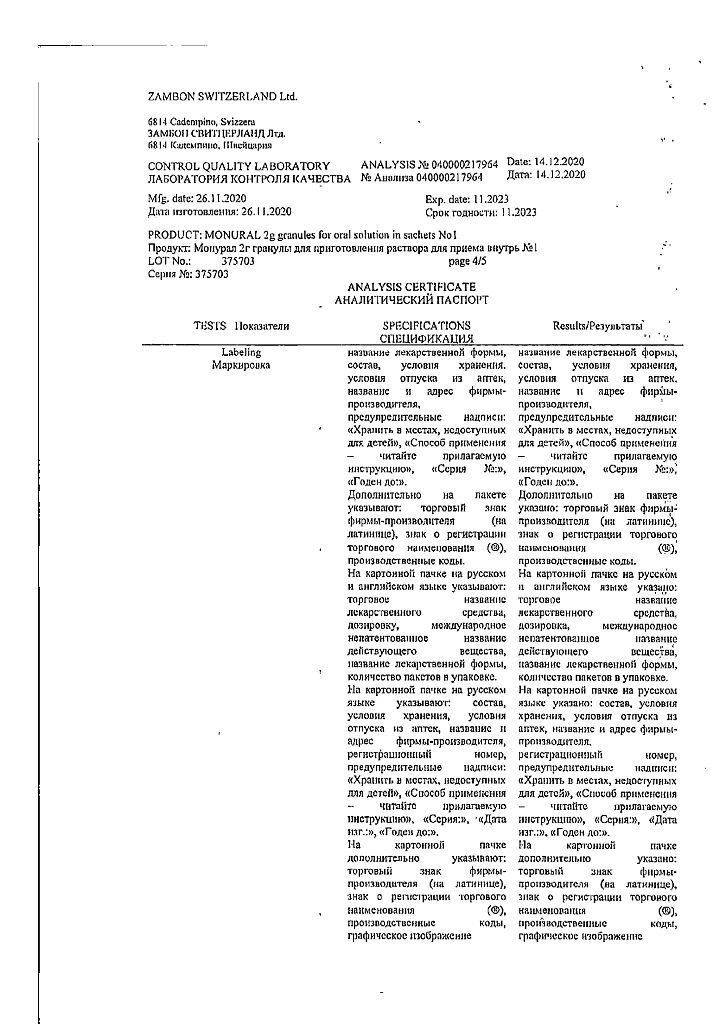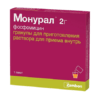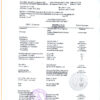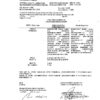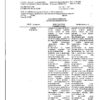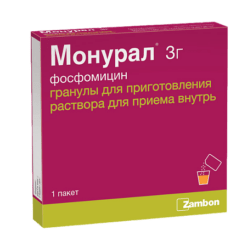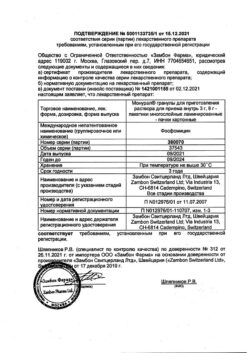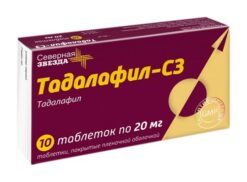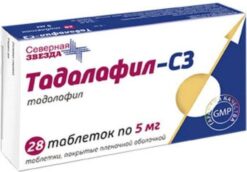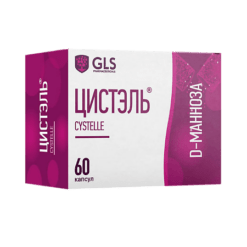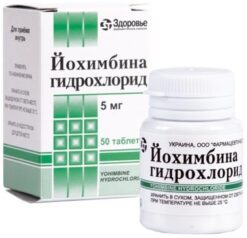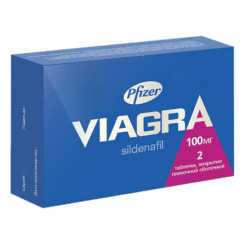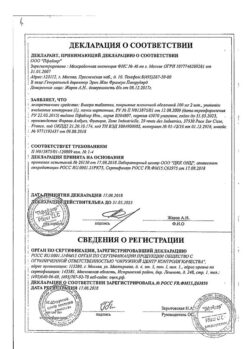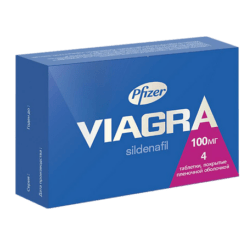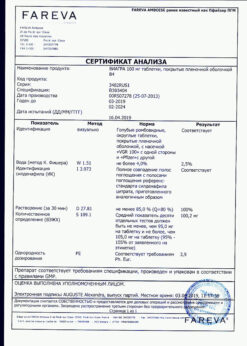No products in the cart.
Monural, 2 g
€32.02 €26.69
Description
Monural is a broad spectrum antibacterial, bactericidal.
It suppresses the first stage of synthesis of the bacterial cell wall. It also has a specific action – it inhibits enolpyruvil-trasferase, which provides absence of cross-resistance and possibility of synergism with other antibacterial agents (in vitro synergism with amoxicillin, cephalexin, pipemidic acid is noted).
Pharmacodynamics
The in vitro antibacterial spectrum of phosphomycin trometamol includes most common gram-positive (Enterococcus spp, Enterococcus faecalis, Staphylococcus aureus, Staphylococcus saprophyticus, Staphylococcus spp.) and Gram-negative (Escherichia coli, Citrobacter spp., Enterobacter spp., Klebsiella spp., Klebsiella pneumoniae, Morganella morganii, Proteus mirabilis, Pseudomonas spp., Serratia spp.) pathogens. In vitro fosfomycin trometamol reduces adhesion of a number of bacteria on the epithelium of the urinary tract.
Pharmacokinetics
It is rapidly absorbed from the gastrointestinal tract when taken orally. In the body it dissociates into phosphomycin and trometamol. Tromethamol has no antibacterial properties. The bioavailability of a single oral dose of 3 g is 34 to 65%. Cmax in plasma is reached 2-2.5 hours after oral administration and is 22-32 mcg/ml. T1/2 is 4 hours.
Phosphomycin does not bind to plasma proteins and is not metabolized; it mainly accumulates in the urine. When oral administration of a single dose of 3 g, a high concentration is achieved in the urine (1053 to 4415 mg/L), 99% bactericidal for most common pathogens of urinary tract infections. The minimum inhibitory concentration of phosphomycin for these pathogens is 128 mg/L. It is maintained in the urine for 24-48 h, which suggests a single-dose course of treatment. It is excreted unchanged by the kidneys. About 18-28% of the dose taken is excreted unchanged in the feces.
Indications
Indications
Acute bacterial cystitis, acute attacks of recurrent bacterial cystitis; bacterial nonspecific urethritis;
asymptomatic massive bacteriuria in pregnant women;
postoperative urinary tract infections;
prevention of urinary tract infections during surgery and transurethral diagnostic studies.
Pharmacological effect
Pharmacological effect
Monural – broad-spectrum antibacterial, bactericidal.
Suppresses the first stage of bacterial cell wall synthesis. It also has a specific effect – it inhibits enolpyruvil transferase, which ensures the absence of cross-resistance and the possibility of synergy with other antibacterial agents (in vitro synergy with amoxicillin, cephalexin, pipemidic acid is noted).
Pharmacodynamics
The antibacterial spectrum of action of fosfomycin trometamol in vitro includes most of the usual gram-positive (Enterococcus spp., Enterococcus faecalis, Staphylococcus aureus, Staphylococcus saprophyticus, Staphylococcus spp.) and gram-negative (Escherichia coli, Citrobacter spp., Enterobacter spp., Klebsiella spp., Klebsiella pneumoniae, Morganella morganii, Proteus mirabilis, Pseudomonas spp., Serratia spp.) pathogens. In vitro, fosfomycin trometamol reduces the adhesion of a number of bacteria to the epithelium of the urinary tract.
Pharmacokinetics
Rapidly absorbed from the gastrointestinal tract when taken orally. In the body it dissociates into fosfomycin and trometamol. Trometamol does not have antibacterial properties. The bioavailability of a single oral dose of 3 g ranges from 34 to 65%. Cmax in plasma is achieved 2–2.5 hours after oral administration and is 22–32 mcg/ml. T1/2 – 4 hours.
Fosfomycin does not bind to plasma proteins, is not metabolized, and predominantly accumulates in the urine. When a single dose of 3 g is taken orally, a high concentration is achieved in urine (from 1053 to 4415 mg/l), 99% bactericidal for most common pathogens of urinary tract infections. The minimum inhibitory concentration of fosfomycin for these pathogens is 128 mg/l. It is maintained in the urine for 24–48 hours, which implies a single-dose course of treatment. It is excreted unchanged by the kidneys. About 18–28% of the dose taken is excreted unchanged in the feces.
Special instructions
Special instructions
Simultaneous food intake slows down the absorption of Monural, so it is necessary to use the drug 2 hours before or after meals.
Patients with diabetes should take into account that 1 package of Monural 2 g contains 2.1 g of sucrose, and a package of Monural 3 g contains 2.213 g of sucrose.
Active ingredient
Active ingredient
Fosfomycin
Composition
Composition
Active ingredient:
fosfomycin trometamol;
Excipients:
tangerine flavor;
orange flavor;
saccharin;
sucrose
Contraindications
Contraindications
Individual hypersensitivity to fosfomycin trometamol, severe renal failure (Cl creatinine
Side Effects
Side Effects
Gastrointestinal disorders (nausea, heartburn, diarrhea), skin rash are possible.
Interaction
Interaction
Concomitant use with metoclopramide should be avoided, because this may lead to a decrease in the concentration of Monural in serum and urine.
Overdose
Overdose
Treatment: It is recommended to increase diuresis with oral fluid intake.
Storage conditions
Storage conditions
The drug should be stored out of the reach of children.
Shelf life
Shelf life
3 years
Manufacturer
Manufacturer
Zambon S.p.A., Italy
Additional information
| Shelf life | 3 years |
|---|---|
| Conditions of storage | The drug should be kept out of reach of children. |
| Manufacturer | Zambon S.p.A., Italy |
| Medication form | granules for preparation of oral solution |
| Brand | Zambon S.p.A. |
Other forms…
Related products
Buy Monural, 2 g with delivery to USA, UK, Europe and over 120 other countries.




